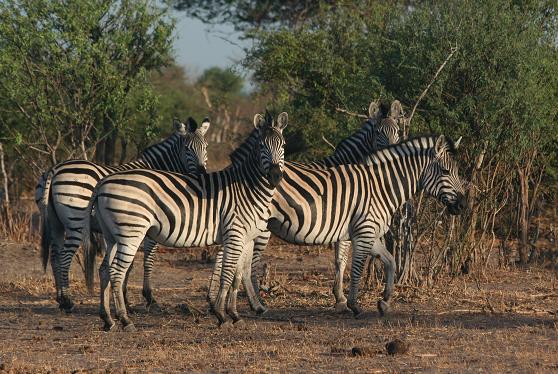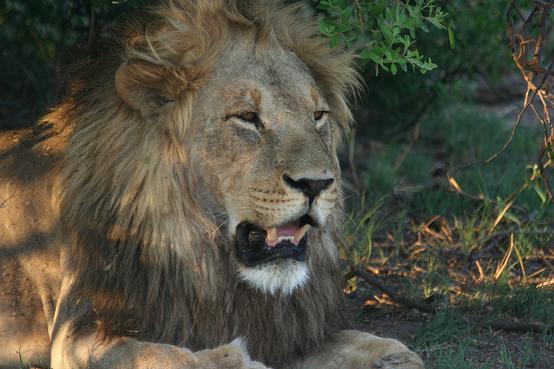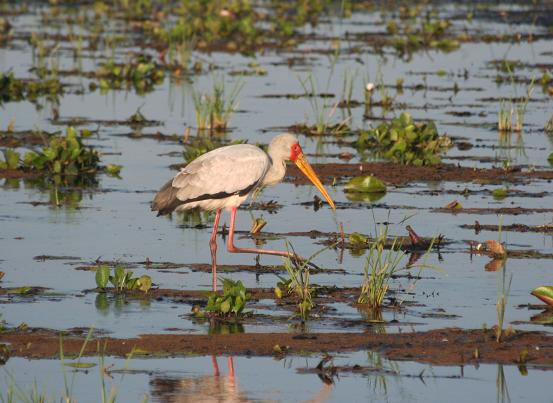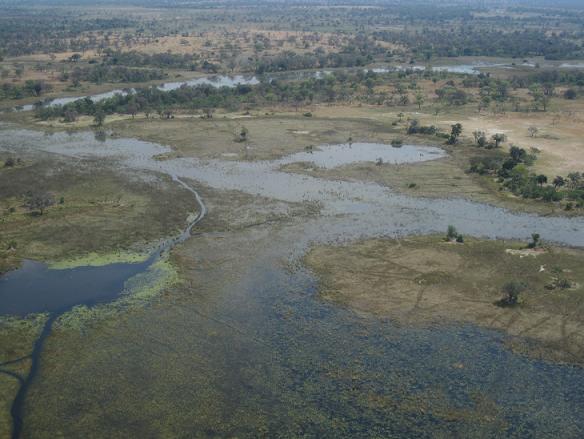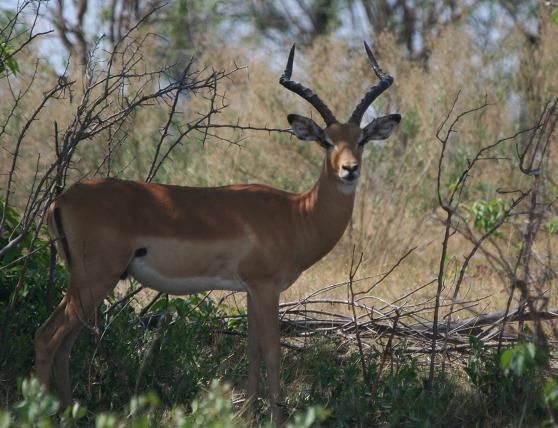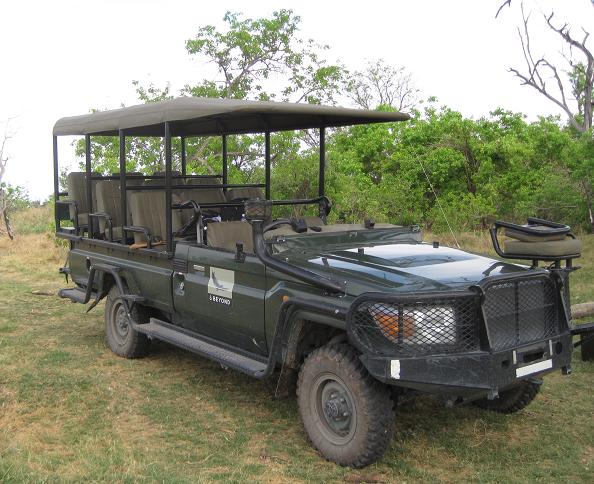TIC
Saturday, January 19th, 2013This is Chobe. That’s a phrase that the guides used whenever something really special was happening. And they used it a lot. So did we. It’s been a while since we got back from Africa, but I’m still writing about it because I think about it a lot and it deserves some space here. The entire trip was amazing, but for sheer volume of wildlife, I don’t think any place has Chobe beat.
We stayed inside the National Park at a mobile camp called “Chobe Under Canvas”. They actually move it every 5 days, which is incredible because the tents even have toilets, and each night you get a warm bucket shower in your tent. The food is all prepared fresh onsite, including the most amazing scones served at tea which were cooked in a charcoal oven. I can’t say enough about the level of service at this place. It’s “roughing it” like I’ve never experienced before.
But enough about the camp… the real stars of Chobe are the animals. Chobe lies along the river between Namibia and Bostwana. Since the Namibian side has farmers who chase off game with guns, the preserve on the Botswana side has a fantastic array of wildlife. Elephants, hippos, zebras, giraffe, water buffalo, lions, warthogs, turtle, guinea fowl, baboons, crocodile, and more birds than I could write down. Everywhere. And finally the elusive leopard.
Staying inside the park has a distinct advantage in that just before sundown all the other tourists are heading quickly out of the park, but we were heading back to camp in the opposite direction. Our guide was intent on finding a leopard that had been spotted (no pun intended) recently. On every drive we followed her tracks, listened for alarm calls from the birds, and stared into the bush hoping for a sign. Finally one night on the way back to camp, she was literally right in front of us, lounging on a tree branch over the road. We were the only jeep in sight, happily snapping away with our cameras as the sun set. All we could say to each other was “This is Chobe.”
Here she is, posing for us:
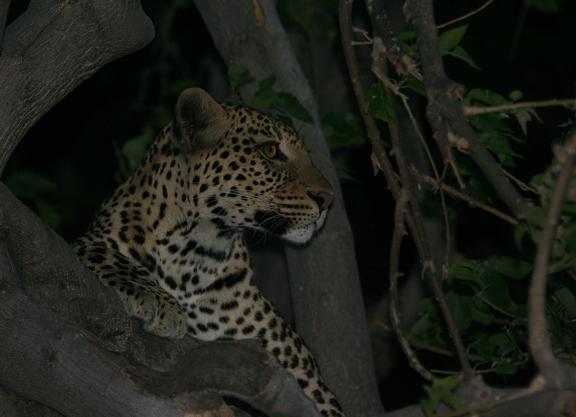
Another type of kitty:
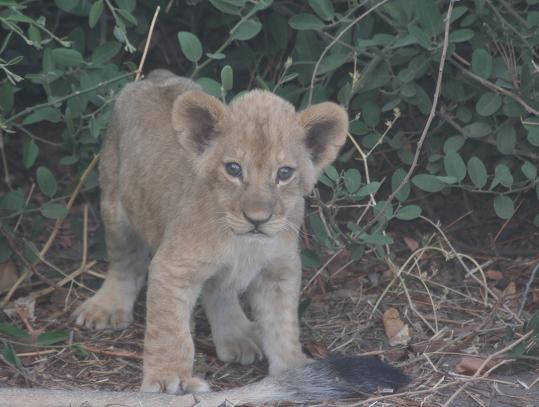
Stripes!
